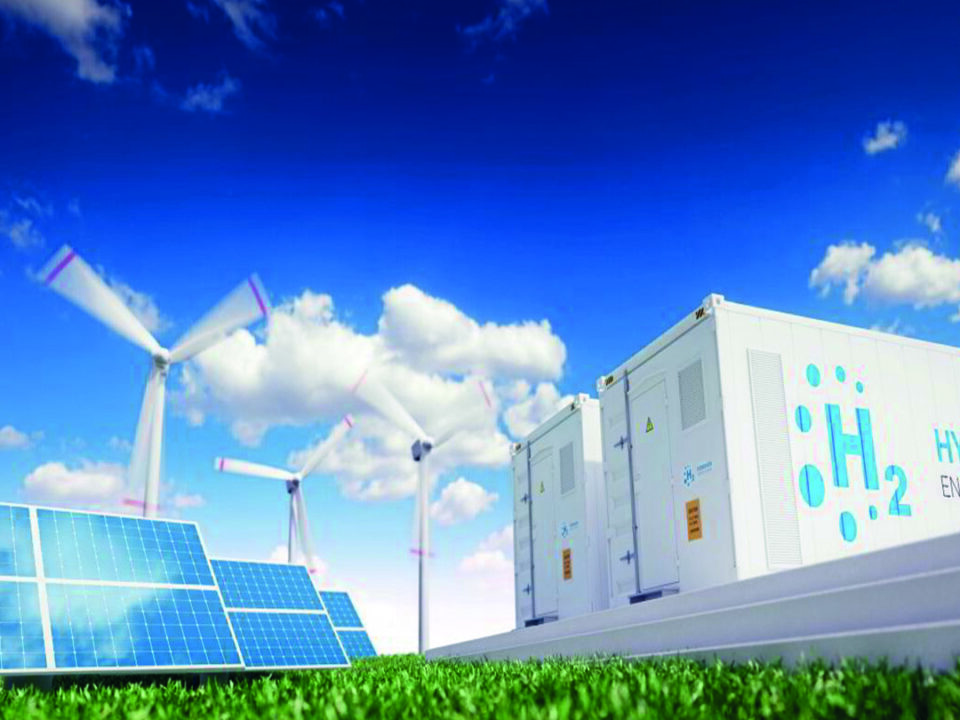2nd June 2023
Recent Posts Categories <ahref=”https://tekinologi.com/category/energy-management/”> Energy Management</h3 > <ahref=”https://tekinologi.com/category/fuel-cell/”> Fuel Cell</h3 > <ahref=”https://tekinologi.com/category/electrolyser/”> Electrolyser</h3 > Unlocking Nigeria’s Hydro-Energy Potential: Turquoise Hydrogen vs. Green Hydrogen Unlocking Nigeria’s Hydro-Energy Potential: Turquoise Hydrogen vs. Green Hydrogen […]



